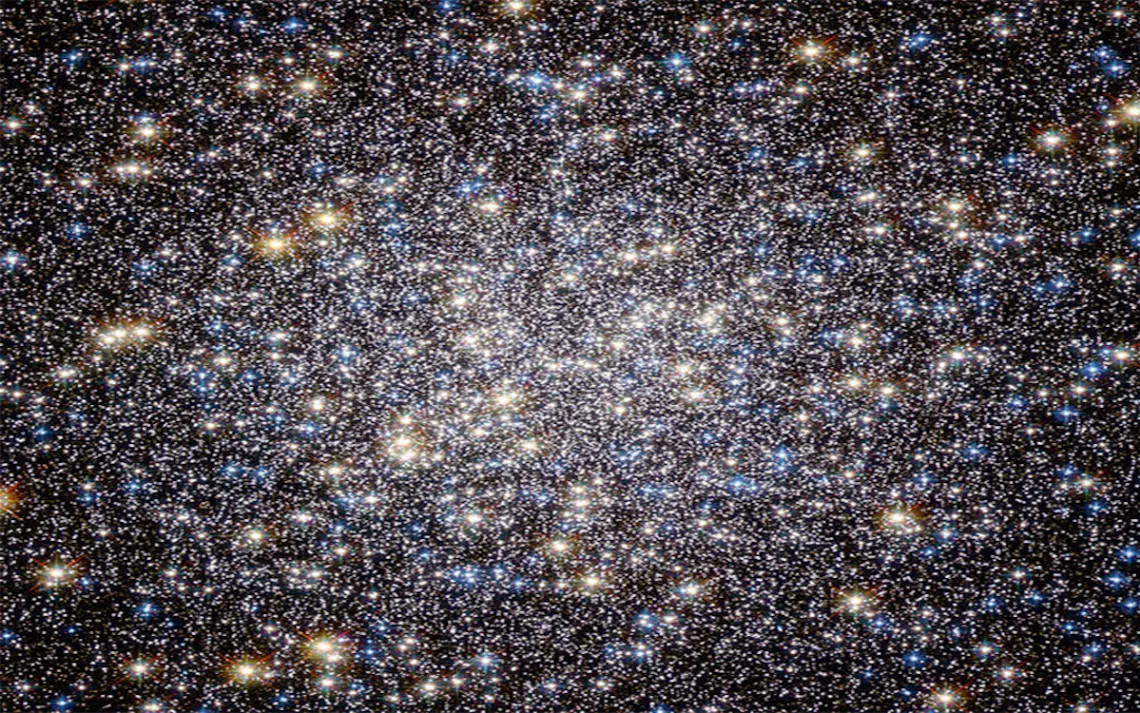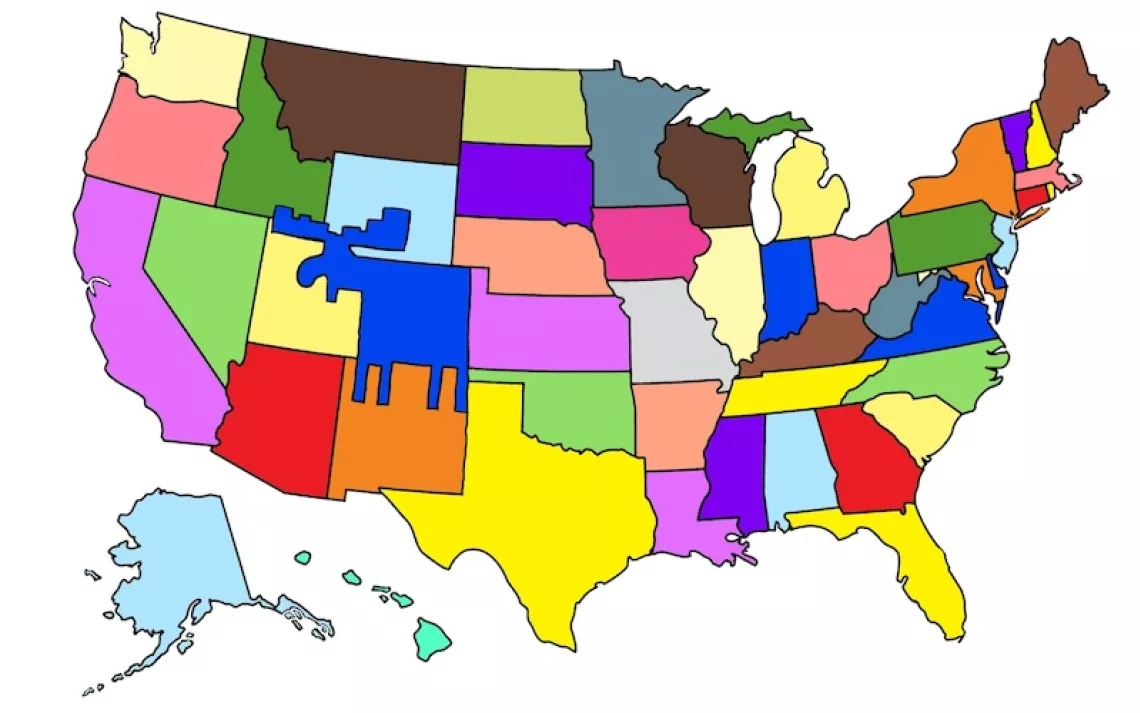May Observing Highlight: Halley’s Discoveries
This month, the planets disappear, and globular cluster M13 and leftover bits of Halley’s Comet appear

Photo courtesy of ESA, Hubble, and NASA
Edmund Halley, an English astronomer, made a number of notable discoveries in his lifetime, two of which can be appreciated in May’s night skies.
He was the first to determine in the early 1700s that the comet that had appeared in 1682 was on a 76-year cycle. Each May, Earth passes through remains that Halley’s Comet left behind hundreds of years ago while visiting the inner solar system. These make up the Eta Aquarids meteor shower, which peaks between May 6 and 7, with up to 55 meteors an hour. However, the moon will be close to full then (the Full Moon is on May 10), making it hard to see many of the meteors.
In 1714, Halley also discovered M13, one of the brightest globular clusters visible in the Northern Hemisphere. It lies inside the constellation Hercules, which is high in the east on May evenings. Hercules has an irregular “keystone” shape—M13 can be found about halfway between the stars on the side of the keystone that is closest to the Big Dipper. At magnitude 5.8, M13 is visible as a fuzzy patch to the unaided eye. It’s is one of about 140 globular clusters that orbit the Milky Way’s center.
In 1974, the Arecibo radio telescope sent a message out to M13 in hopes of making contact with extraterrestrial life. The message will take approximately 25,000 years to reach M13, as the globular cluster is about 25,000 light-years distant from Earth.
Ironically, because of the rotation of the galaxy, M13 won’t even be there to receive the message when it finally arrives. Perhaps some currently unknown star and planet system will be in just the right location and listening 25,000 years from now.
To any alien life on a planet around one of the 300,000-some stars that make up the M13 cluster, the sky would look bright even at night. With the crowd of stars surrounding it, inhabitants inside M13 wouldn’t be able to see beyond the globular cluster to galaxies in the greater universe.
In May, planets become scarce in the night sky. Mercury, Venus, and Mars get too close to the sun to be seen, leaving Jupiter and Saturn the only planets observable without optical aid. Jupiter is in the constellation Virgo and has a close encounter with the moon on May 7. Saturn doesn’t rise until late at night and crosses from Sagittarius into Ophiuchus over the course of the month. Saturn and the moon will keep close quarters around May 13.
 The Magazine of The Sierra Club
The Magazine of The Sierra Club







